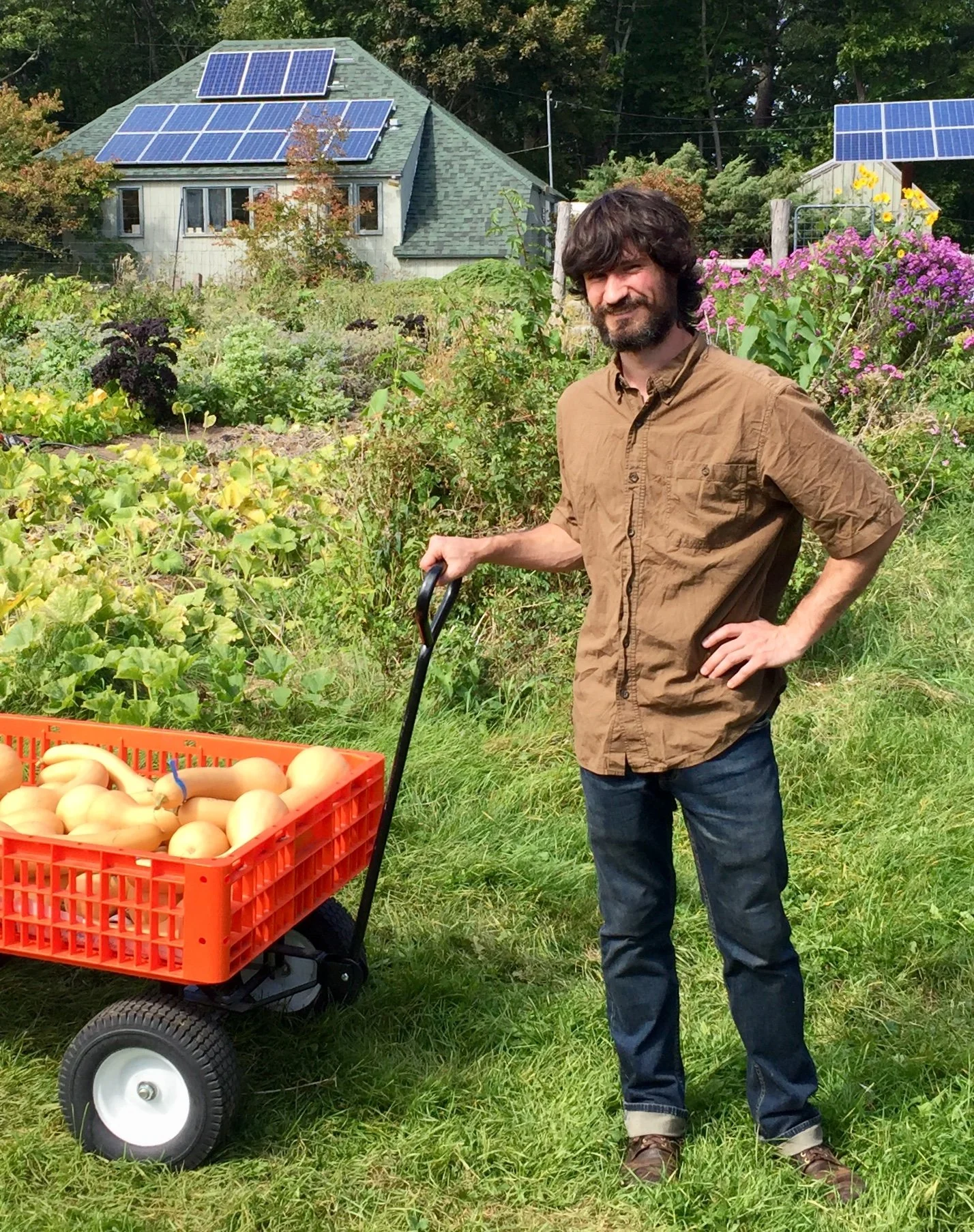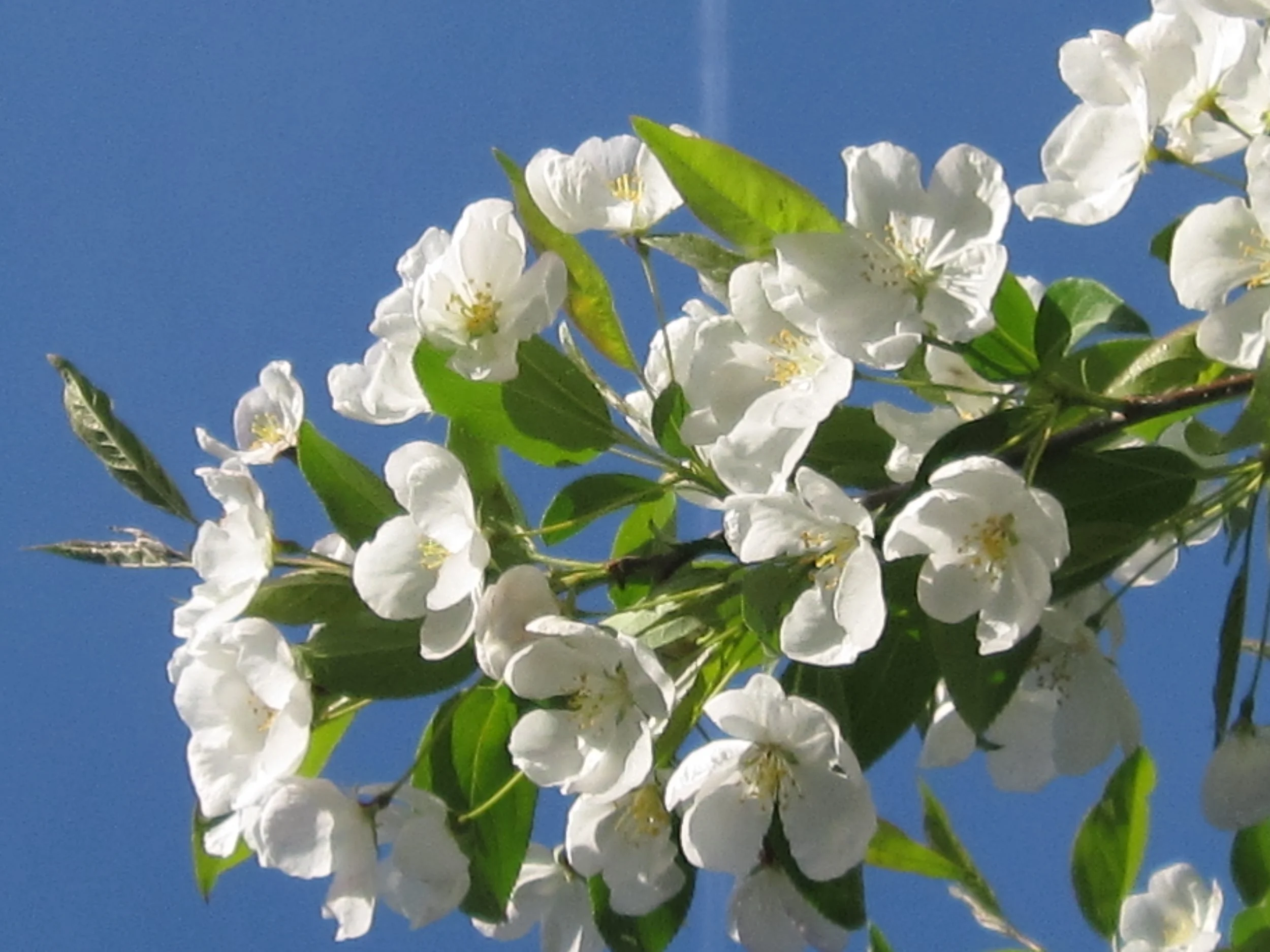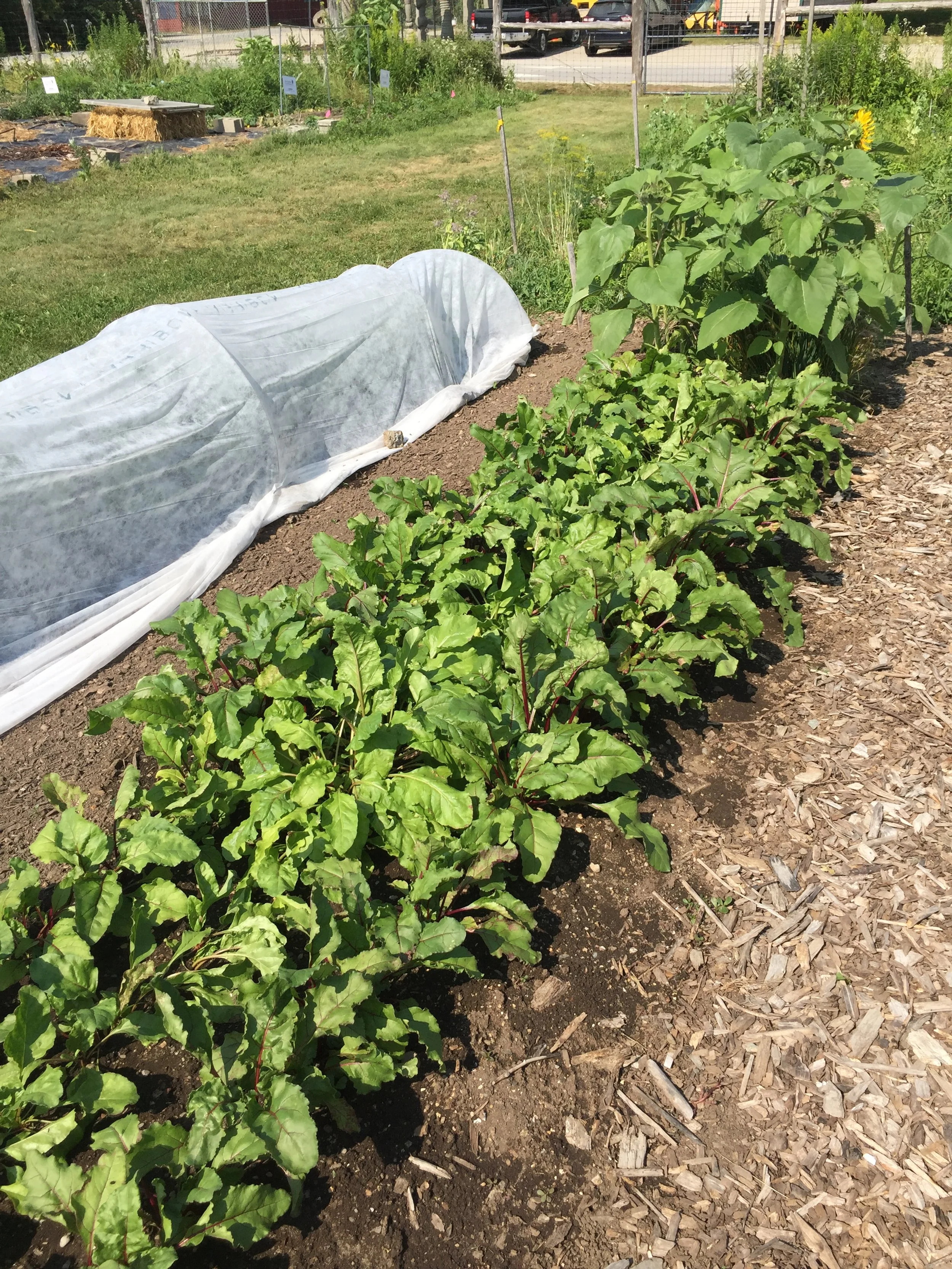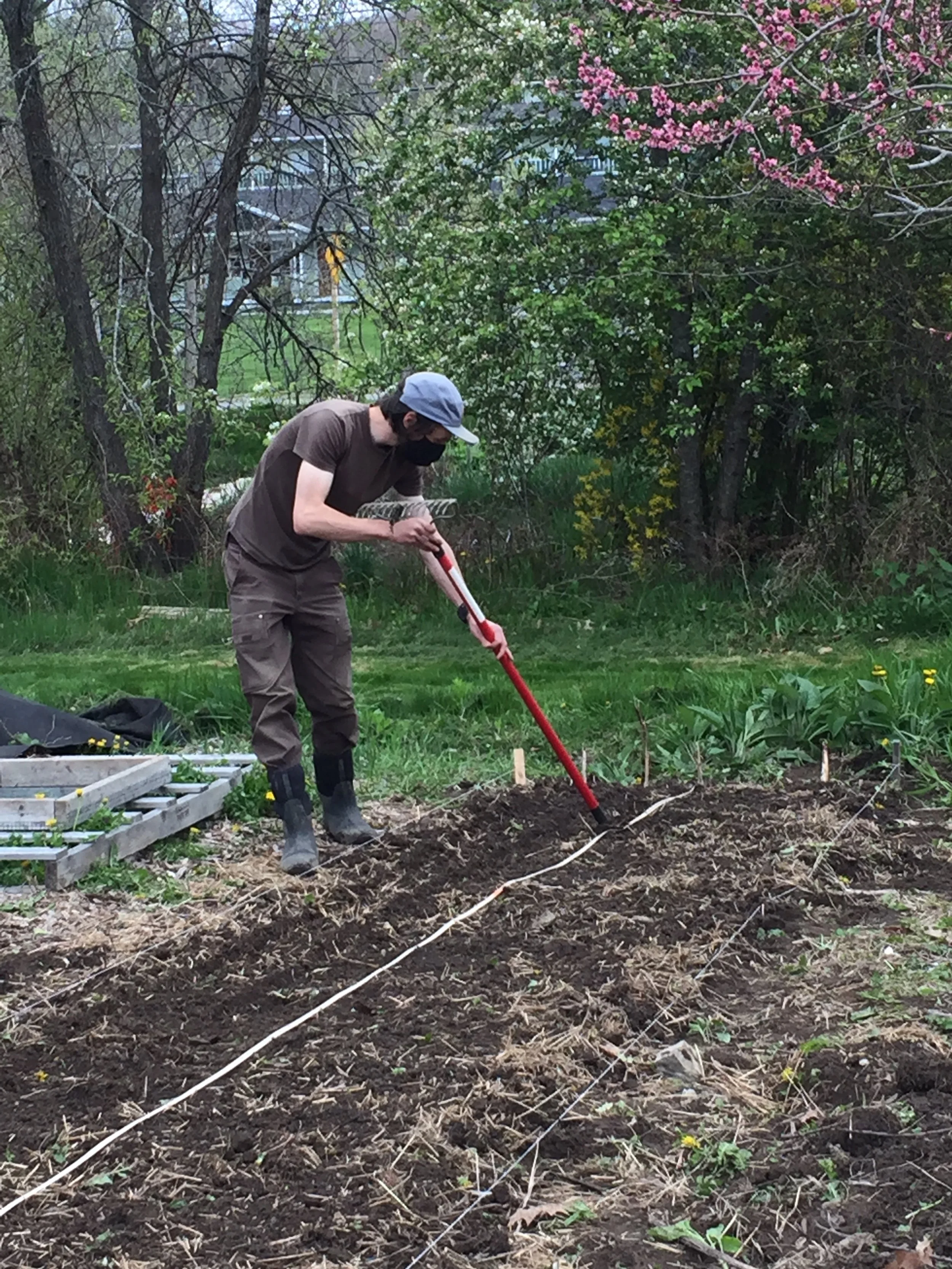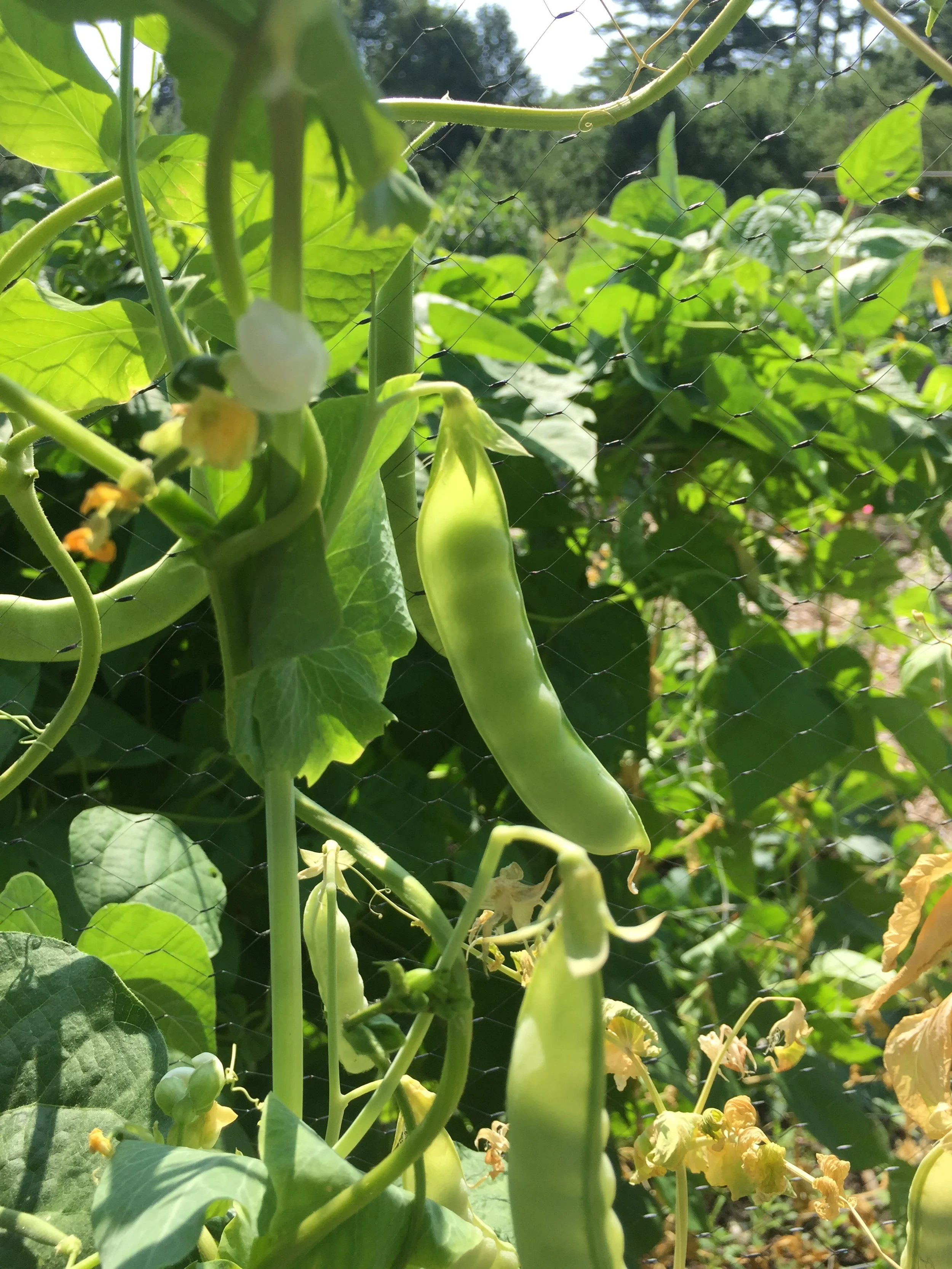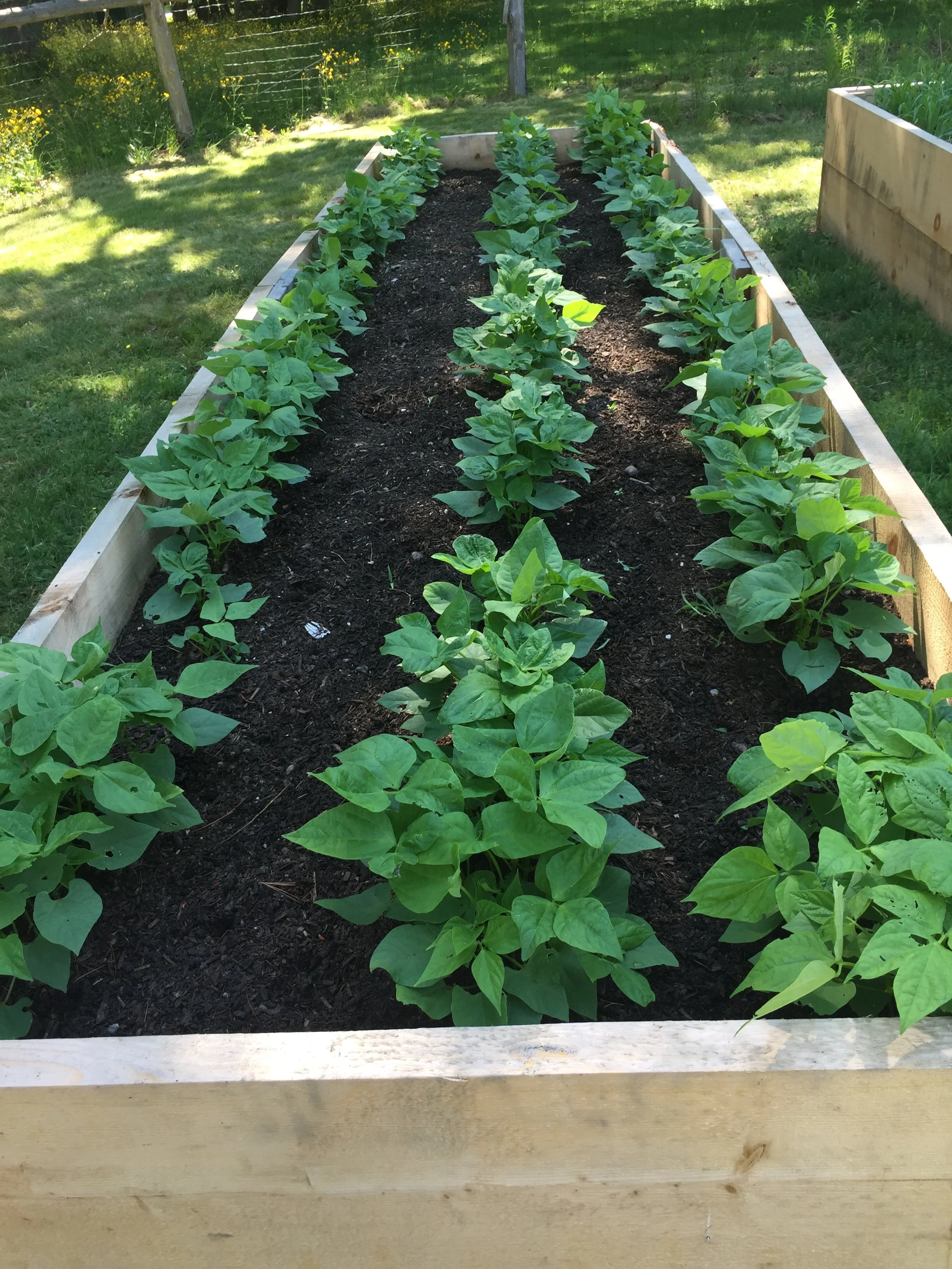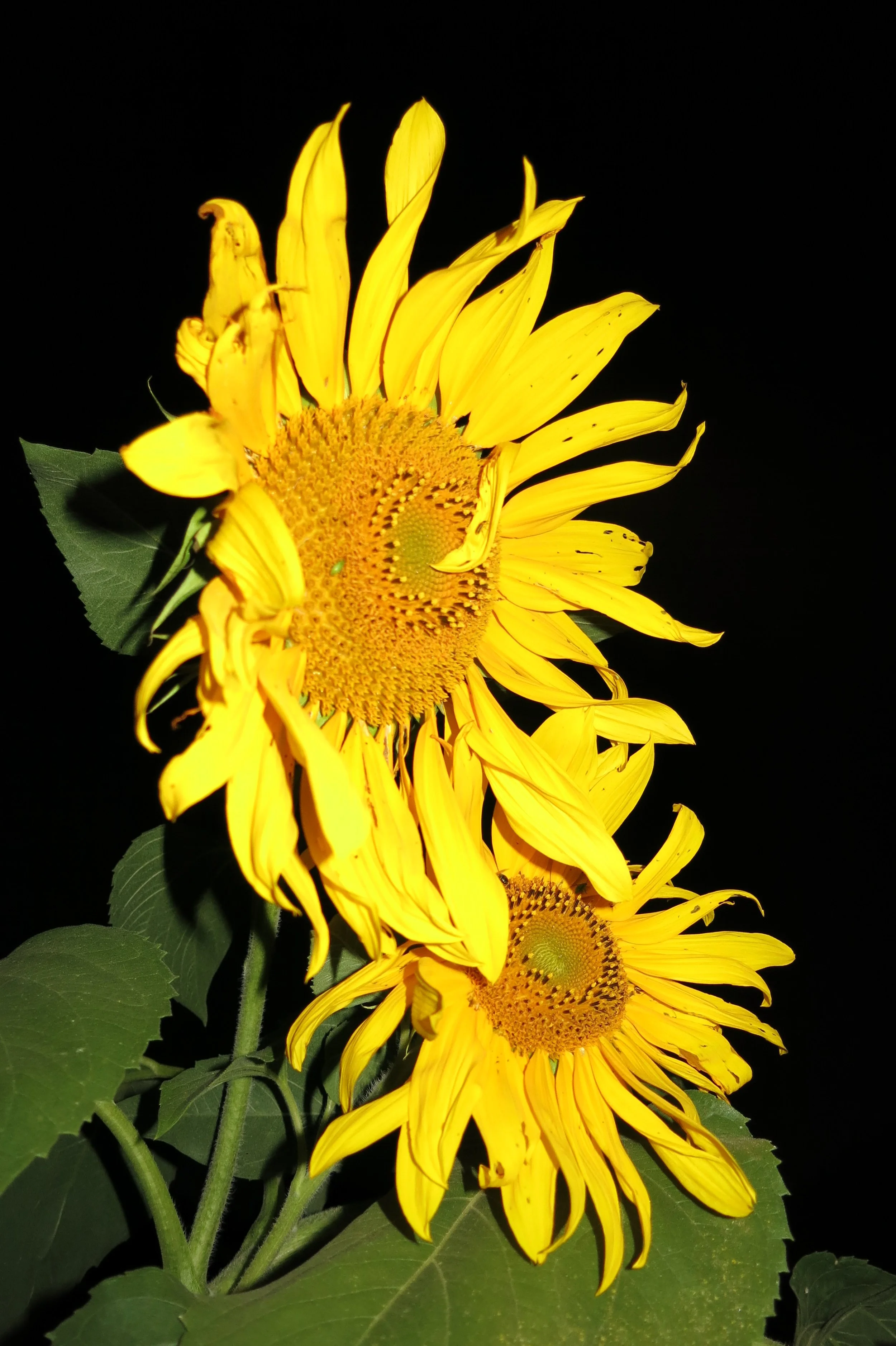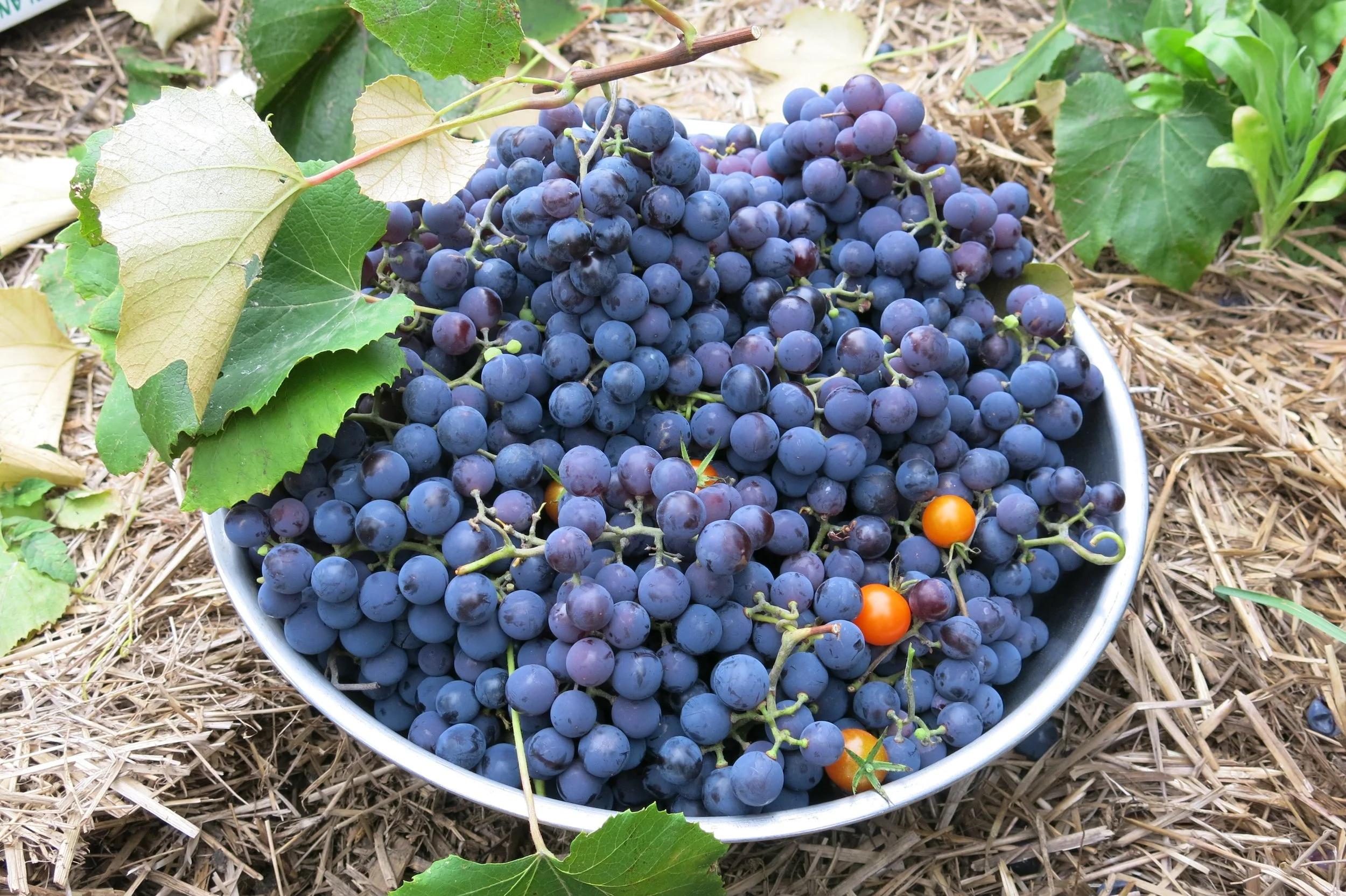COA’s community garden celebrates its 50th year
Take a walk through the College of the Atlantic Community Organic Garden with Rachel Carson Chair in Human Ecology Suzanne Morse and you will get a history lesson about the place and the community around it. Jackson Gillman (’78) planted a winding orchard of apple trees… Kim M. Wentworth Chair in Environmental Studies Steve Ressel surreptitiously brought frogs into the small pond… The daffodils were planted by former dean of development Fran Day… The gate was a project built with art and design faculty member Dru Colbert… A displaced farmer from the UK decided to build a vineyard with grapes and berries… Brendan Shepherd ’21 grew wheat here last year… Jessie Schneider ’21 built raised beds. And then you will hear the names of people who have helped establish and then steward the garden throughout its 50-year existence: former administrative dean Mel Coté, former vice president Sam Eliot, former faculty member Janet Anderson, plant breeder John Navazio, and Mary Roper ’85. For the last 25 years, the job of managing the community garden has fallen to Morse.
“COA has been really great allowing community members on campus to garden during the pandemic, and we’ve had about 20 this year,” Morse says. “For a lot of people in the early days of the pandemic, working in this garden constituted the bulk of their outside time. They were able to get out, grow their own food, and feel a sense of regularity in the midst of such chaotic times.”
“One of the most important resources that a garden makes available for use is the gardener’s own body,” Wendell Berry reminds us. “A garden gives the body the dignity of working in its own support. It is a way of rejoining the human race.”
Community gardens have been around for a long time in the United States. Since the 1890s, people have turned to the garden to confront social problems such as economic recession, war, urban decline, and environmental injustice. The names of community gardens give a snapshot of 20th century history in the US: vacant lot gardens, school gardens, wartime gardens, thrift gardens, victory gardens, and urban revitalization gardens.
The COA community garden has been an ongoing work in progress since the school’s inception. Started by Coté and Eliot in 1971 in order to help supply their own families, it was opened to students and community members in 1974. Eliot says he and Coté chose the spot because of how open and accessible it was, but weeding required an extraordinary amount of time. Witch grass was endemic on the spot and grew profusely in the fertile soil around campus. The stubborn grass may have been brought in and nourished by the original owners of the property, the Byrne family, as well as members of the Oblate monastery to whom the Byrne’s bequeathed it. There was also no water on the site so Eliot and Coté watered using buckets from a nearby faucet. In those early days, crops planted included corn, chard, beets, spinach, peas, lettuce, beans, tomatoes, cucumber, and mammoth pumpkins. Some crops worked better than others. Eliot remembers, “dandelions and slugs were doing best of all…”
Students began working in the garden in 1974 and, recalls Eliot, were the cause of a huge traffic jam in town. The community garden sits at the north end of campus close to Route 3. Students, regardless of sex, would remove their shirts when working on especially hot days. Needless to say, some local drivers made the road a parking lot in order to get a good look at their new neighbors. It became such a problem the local police chief had to call Ruth Wright at the front desk and ask her to have the female students put their shirts back on because of the hazard it was causing.
These days, the Community Garden is used for a variety of purposes. It allows Bar Harbor residents who don’t have the space an opportunity to grow their own food, and provides apples for making cider. It builds community by sharing common ground between people, and is a lab used by COA students and faculty members for bird and bee watching, insect collection, composting, and soil testing. It also provides a place for quiet contemplation.
Morse and her classes use a few plots for trying out seed varieties. “This past season I got to work with FEDCO to trial seeds of an open-pollinated corn variety developed for the coast of Washington. They thought it might do well here and it did incredibly well,” she says. FEDCO is a cooperative seed and supply company based in Clinton, Maine, specializing in Northeast, cold climate varieties of plants and seeds. As Morse has gotten more into seed saving, she has been trialing more crops: squash, Goldie cucumbers, lettuce, chard, peas, and fava beans. Morse notes, “this is a garden but it is also my classroom space, I use it in my organic gardening class. It’s so nice that it is right here on campus so we don’t need to drive anywhere.” This past year the class also trialed carrots, of which “two of the varieties were terrible and one of them was great,” she says. The garden also supplies COA’s advancement office with fresh cut flowers for events like the hugely popular COA Summer Institute.
Another summer program—COA Summer Field Studies for Children—benefits from use of the community garden too. COA students design and plant that garden and then the young people in the program care for, taste, smell, observe, and harvest during the summer. What greater gift than the gift of the garden, given freely each spring by COA students to children they will probably never meet. The gift of the garden is a gift that says, I was here before you, I’ve been thinking about you, and I’m so happy you’ve come.

